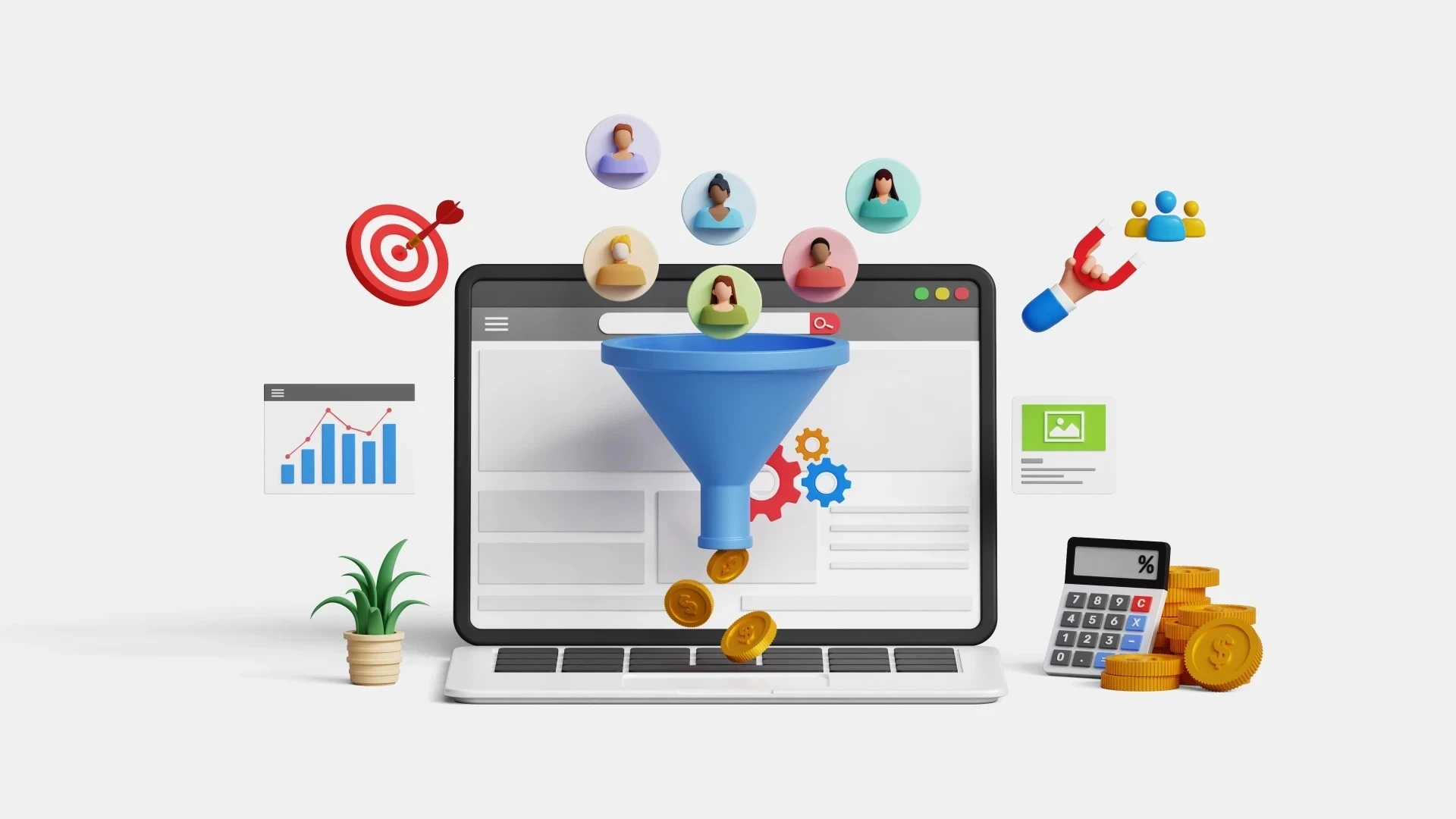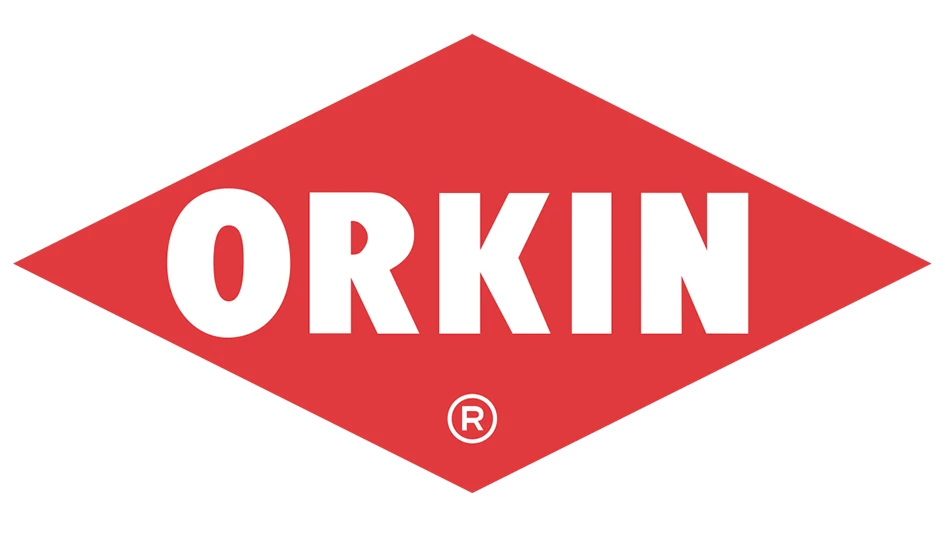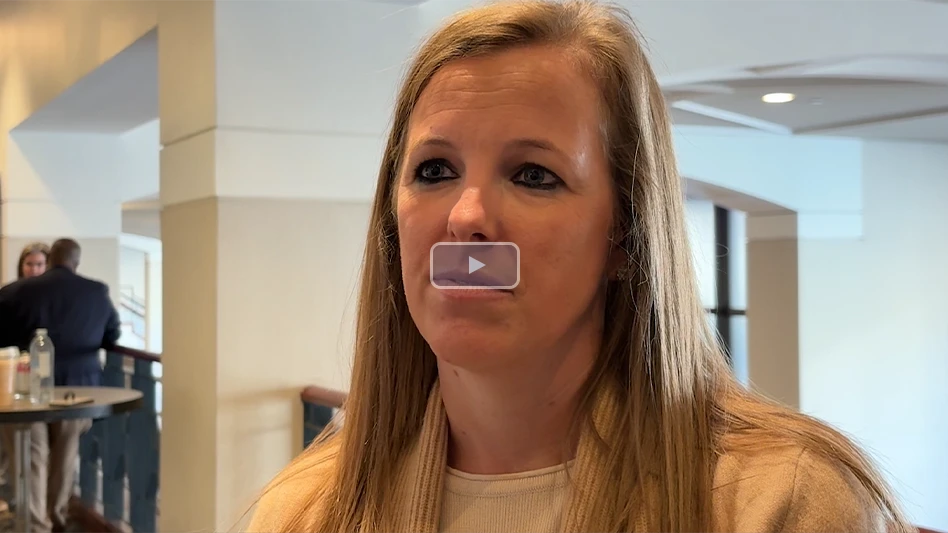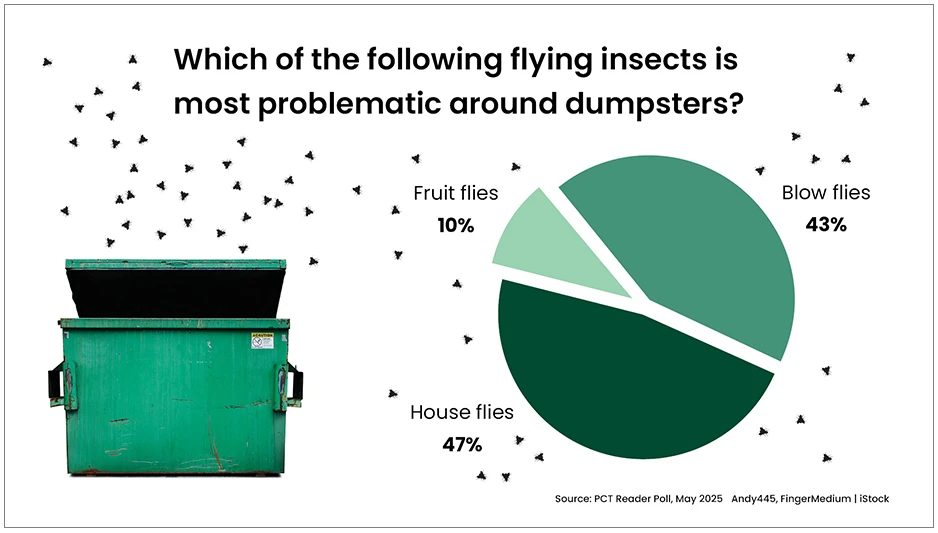
iStock | Ahmad Bilal
Editor’s note: David Schaedel, digital marketing manager, Walker Pest Management, Greenville, S.C., shared the following article on where pest control companies can start for effective digital marketing and advertising.
Recently, I had the opportunity to present at South Carolina’s Pest Control Summit. I took the time to explore how we can work to Demystify Digital Marketing. While everyone knows that they need some sort of marketing to reach their target audience, it can be hard to know what to do, where to start, or what is effective. In order to help make this more digestible, we broke this presentation into four parts. If you didn’t catch part one or two, you should start there!
Navigating the Marketing Hype!
Marketing is full of big promises, flashy new tools, and the constant search for the “next big thing.” But here’s the truth—there’s no silver bullet solution. There is no one marketing tool that will perfectly solve all of your needs. If anyone trying to sell you a tool or service that does everything, they simply do not work! The best marketing strategies are built on consistent, strategic effort, not overnight success. So how do you cut through the noise and make smart marketing decisions?
Let’s Talk About the Current Buzz – AI
Right now, the biggest conversation in marketing is AI. It’s an incredibly powerful tool, but like any developing technology, it comes with limits and risks. AI is in its fast and affordable growth stage, meaning companies are racing to build the biggest AI tools, and investors are footing the bill. That’s why many AI solutions are surprisingly cheap—for now.
If You’re Considering AI Tools, Keep This in Mind:
· They still make mistakes. AI requires oversight to prevent errors that could harm your brand.
· Don’t let AI replace human connection. Automated responses and AI-generated content can save time, but they shouldn’t make your company feel robotic. Customers still want human connection.
· AI tools will become more expensive. Once the initial growth phase is over, companies will need to turn a profit, meaning higher costs down the road.
· They are evolving quickly and sometimes disappearing just as fast. A tool you rely on today might be obsolete (or gone) tomorrow.
· AI is exciting, but it’s not magic. It works best when used strategically alongside human expertise.
Did You Find a Solution or Just a Shiny Object?
The marketing world is flooded with tools, platforms, and services claiming to be game-changers. Some are great, but many are just distractions.
Before jumping on the latest trend, ask yourself:
· Am I being sold a dream or a real solution? If something sounds too good to be true, it probably is.
· Does this solve a problem my business is actually facing? If a tool doesn’t save you time, money, or help you grow, you don’t need it.
· Are others in my industry using it successfully? If no one in your professional network is using a tool, it might not be as groundbreaking as advertised.
· Real marketing success isn’t about chasing trends—it’s about boring, consistent execution.
How Do You Determine If a Tool Will Be Helpful?
How do you know if it’s worth your time and investment:
· Involve the Right People. If it’s a tool for technicians, get technician input. If it’s for office staff, ask them what they actually need.
· Request a Live Demo. See the tool in action, ask questions, and test its features.
· Evaluate It Critically. After the demo, step back and list concerns, pain points, and missing features.
· Check Reviews & Case Studies. Look for proof that other businesses like yours have benefited from this tool.
· Be Realistic About Future Promises. If a feature is “in the pipeline,” assume you won’t see it for months—or even years.
Building a System to Evaluate New Tools
When it’s time to make a decision, having a structured evaluation process is key. One of the best tools for this is a SWOT analysis. A SWOT analysis is not a unique tool, but it can help the team step back and review the pros and cons.
The areas of a SWOT analysis are as follows:
· Strengths – What advantages does this tool offer?
· Weaknesses – What are its limitations or downsides?
· Opportunities – How could this tool help improve your business?
· Threats – What risks come with using this tool?
Running a SWOT analysis in a group setting with key stakeholders can provide valuable insights and prevent wasted time and money.
The Bottom Line
Not every new tool is worth the investment, and not every marketing trend will last. The key to success is staying focused, evaluating new tools critically, and choosing solutions that genuinely benefit your business.
Up next, we’ll dive into "Choosing Consistency Over Complexity!"—why simple, repeatable strategies often outperform flashy, complicated ones.
Latest from Pest Control Technology
- Orkin's 'Mosquitoes Don't Deserve a Drop' Blood Drive Kicks Off in Atlanta
- Jon Gaeta Promoted to RISE Senior Director Government Affairs
- Texas PWIPM Chapter Gives Back to Women in Need at Women's Forum
- Argentina Hosts 22nd Jornadas Chemotecnica
- Syngenta's Lisa Eppler on WHO Partnership, Malaria's Global Impact
- UF/IFAS Scientists Confirm Hybrid Termites Established in Florida
- Critter Stop Expands Pest Control Services in Plano, Texas
- PestCo Holdings Acquires Innovative Pest Control





